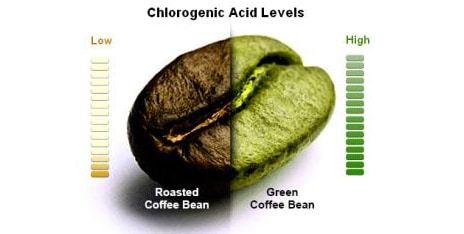Inside Coffee Wonerland
What's inside our coffee?
There are more than 300 natural compounds inside a freshly harvested coffee bean.
Compounds such as:
- Carbohydrates
- Amino Acids
- Fiber
- Pectin
- Minerals
- Antioxidants
- Caffeine
Carbohydrates
Carbohydrates or carbs are the sugars, starches, and fibers found in almost every food. When consumed, the body breaks them down into glucose, fructose, and other sugars. Which the body will then use as energy and fuel. When they are broken down, they can be classified as sugars and non-sugars. Sugars include glucose ((2S,3R,4S,5S,6R)-6-(hydroxymethyl)oxane-2,3,4,5-tetrol), fructose ((3S,4R,5R)-1,3,4,5,6-pentahydroxyhexan-2-one), and galactose. These sugars are classified into even more smaller units, Monosaccharide carbs, which are the simplest form of carbohydrates and are the basic building blocks to form any larger carbohydrates. Monosaccharides have a chemical formula of C6H12O6. The other form of sugars is called the Disaccharide carbs. These type of carbs are the most commonly found in nature, they are formed when two monosaccharides react and bond together. Examples include sucrose, lactose, and maltose, all containing the formula of C12H22O11.
 |
| Rice is a good example of polysaccharides, condensed monosaccharide carbs, |
Antioxidants
Antioxidants are chemicals that are naturally found in foods, like fruits and vegetables, and body tissues. Typically used to prevent or delay types of some cell damage such as oxidation stress and free radicals. Free radicals are highly unstable natural molecules that are formed when exercising, digesting, or found in environmental sources like cigarette smoke, air pollution, and sunlight. These free radicals can give off oxidative stress and trigger cell damage and breakdown. Oxidative stress might be involved in many types of diseases such as cancer, diabetes, and etc. In the past, antioxidants had shown that it counteracts this oxidative stress. Some examples of antioxidants found in coffee are:
- Cafestol - acts as a modulator for the bile acid found in the intestines and increase cholesterol synthesis (C20H28O3) Has a melting point of 158 - 162 degrees C.
- Chlorogenic Acid - is very abundant in both roasted and green coffee, is a core player in antibacterial and anti-inflammatory activities inside the body. Green decaf coffee in particular is a primary source of this antioxidant, it helps curb fat accumulation and boost metabolism rate. (C16H18O9)

- Melanoidins - are brown coloured, nitrogenous compounds which are formed during the roasting process alongside with 1,000 other compounds and carries anti bacterial and anti-inflammatory properties. This antioxidant gives the unique aroma of roasting coffee.
- Quinine - one of the primary agents in coffee which is derived from the Cinchona tree. Quinine is also a type of medication used for malaria and babesiosis. Bitterness levels in coffee beans are elevated due to increase of the quinine content, it also significantly becomes stronger after coffee is roasted. It can be very harmful in larger quantities, although coffee drinks only contain a tiny amount of this antioxidant. (C20H24N2O2)
- Caffeine - is a psychoactive, tasteless, central nervous system stimulant that is widely used throughout the whole world. 99% of ingested caffeine is absorbed and distributed in all tissues and organs in the body. When the substance reaches the brain, the most noticeable effect is alertness and reduced tiredness. Just like any other kind of substances, too much can cause side effects. Specifically caffeine withdrawals, which include headaches, anxiety, irritability, drowsiness or tremors. Overdosing in caffeine is also possible and symptoms show such as confusion, hallucinations, and vomiting which can lead to extreme cases like death. Typically 400 mg of caffeine is considered to be safe, about 4 cups of coffee. Caffeine can help lose weight, cure headaches, and prevent diabetes. (C8H10N4O2)
References

Comments
Post a Comment